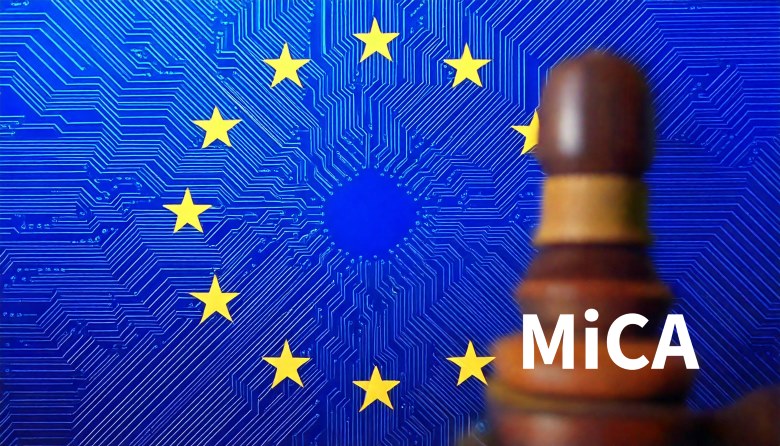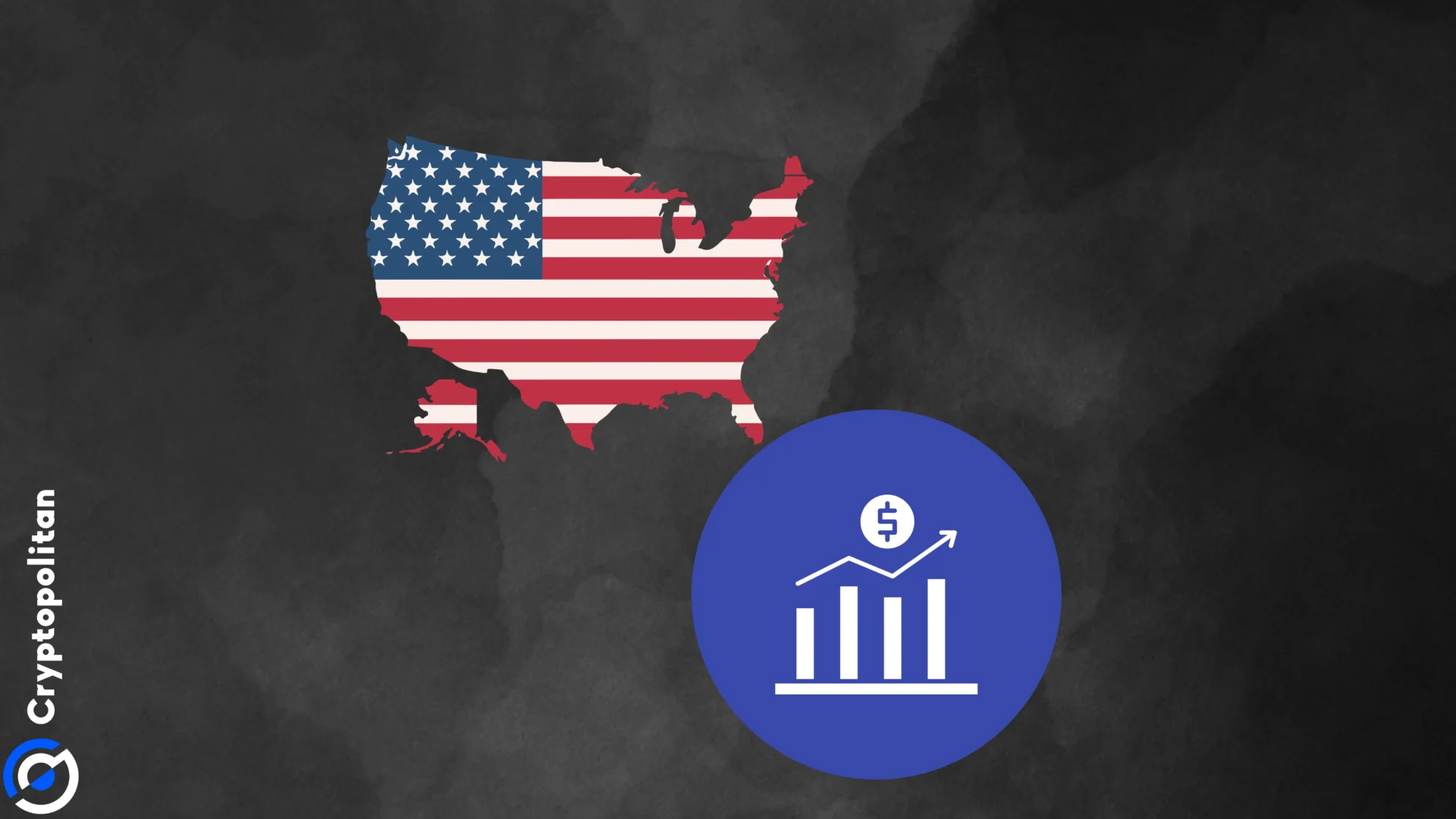
As the Markets in Crypto-Assets (MiCA) framework edges closer to full implementation in 2025, the European cryptocurrency landscape is poised for significant changes. One major consequence is the expected delisting of various tokens, stablecoins, and cryptocurrencies by Virtual Asset Service Providers (VASPs) like Coinbase, Binance, and Kraken. The possible delisting of Tether (USDT) has garnered attention, but it’s clear that USDT will not be the first or the last asset to face removal under MiCA’s stringent regulations.
MiCA’s focus on asset-referenced tokens (ARTs), cryptocurrencies, and privacy coins signals a broader regulatory push to ensure transparency, consumer protection, and anti-money laundering compliance. As a result, many popular assets may no longer be available on European platforms unless they meet the strict standards outlined by MiCA.
USDT’s Potential Delisting: The First Domino to Fall?
USDT, the world’s largest stablecoin by market capitalization, is facing the threat of delisting from European exchanges due to MiCA’s strict rules on asset-referenced tokens. Article 34 of MiCA demands that all stablecoins be fully backed by liquid reserves and provide extensive audit trails to ensure transparency. For USDT, which has long been scrutinized for the lack of clarity around its reserves, meeting these requirements could be a significant challenge.
Key MiCA Requirements for Stablecoins:
- Stablecoins must be backed by verifiable reserves, ensuring that every token in circulation has equivalent value in assets.
- A daily transaction cap of €200 million unless the issuer complies fully with additional MiCA regulations.
- Regular audits to verify reserve backing.
If USDT fails to align with these rules, platforms like Coinbase may delist the stablecoin to avoid non-compliance. The potential delisting of USDT signals that even the most widely used stablecoins are not exempt from MiCA’s regulatory overhaul. Meanwhile, non-official news reported that Tether is indeed working on a technology-based solution tailored for the European market to address the upcoming MiCA regulatory requirements. Tether has acknowledged that some aspects of MiCA, such as the stringent cash reserve mandates, pose challenges but is in ongoing discussions with regulators.
The Broader Impact: Other Stablecoins and Tokens at Risk
USDT is only the tip of the iceberg. MiCA’s wide-reaching regulatory framework will likely force VASPs to delist various other stablecoins and cryptocurrencies that cannot meet the law’s requirements. Algorithmic stablecoins, such as DAI and BUSD, could face similar challenges, especially those that do not have adequate backing or whose issuers fail to provide clear auditing information.
Cryptocurrencies and Privacy Coins in the Crosshairs
Beyond stablecoins, MiCA will likely lead to the delisting of cryptocurrencies that fail to meet the transparency and governance requirements set forth in Article 4 of MiCA. This provision mandates that all token issuers publish whitepapers that provide detailed information on the token’s use, governance, and risks. Cryptocurrencies without clear governance structures or transparent data on their operations may not survive on compliant platforms.
Tokens Most Likely to Face Delisting:
- Meme Tokens: Projects like Dogecoin (DOGE) and Shiba Inu (SHIB), which lack clear oversight or corporate governance, could struggle to meet MiCA’s transparency standards.
- DeFi Tokens: Platforms like Uniswap (UNI) and Aave (AAVE) that operate in decentralized finance may face difficulties ensuring compliance, particularly around governance and transparency.
Privacy Coins like Monero (XMR) and Zcash (ZEC) are also at high risk of delisting. Under MiCA’s anti-money laundering (AML) provisions in Article 6, tokens that enable anonymous transactions are incompatible with the law’s reporting and tracking requirements. Privacy coins, which offer untraceable transactions, may soon disappear from EU-based exchanges due to their inherent clash with MiCA’s AML goals.
VASPs and Compliance: A Tipping Point for Exchanges
For VASPs like Coinbase, Binance, and Kraken, the cost of compliance will be significant. MiCA will require these platforms to audit every token they offer, ensuring each asset meets the law’s reserve, transparency, and governance requirements. Any token that does not meet MiCA’s strict criteria will likely be delisted.
Challenges for VASPs:
- Regulatory Risk: Platforms that continue to list non-compliant tokens risk fines and the potential loss of operating licenses.
- Liquidity Shifts: Popular but non-compliant tokens will have to be replaced with compliant alternatives, potentially disrupting liquidity and trading volumes.
- Trust and Communication: VASPs will need to communicate clearly with users about why certain assets are being delisted to avoid backlash.
The Future of the European Crypto Market
While MiCA’s regulations will lead to short-term disruptions, the long-term impact may be positive. Stablecoins that survive MiCA, such as USDC, which already adheres to many regulatory standards, are likely to gain more trust and usage in Europe. Additionally, the removal of non-compliant tokens could bring more institutional capital into the European market as regulatory clarity increases investor confidence.
The next few years will be critical as MiCA takes full effect. USDT’s potential delisting is just the beginning of a much larger shift, with VASPs expected to remove a wide range of tokens and stablecoins to remain compliant.
To Sum Up: USDT Won’t Be the Last
As MiCA regulations roll out, it is clear that USDT won’t be the last token to face delisting. From privacy coins to algorithmic stablecoins and meme tokens, many assets are at risk of being removed from European exchanges as VASPs scramble to meet the new standards. While this transition may cause short-term market turbulence, it will ultimately lead to a more stable and regulated crypto ecosystem in the European Union.











